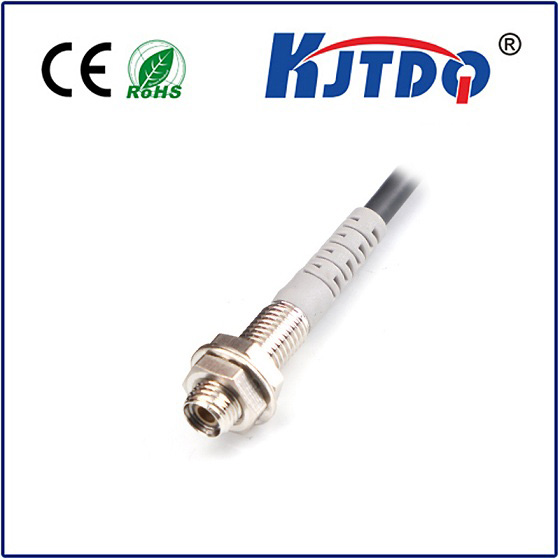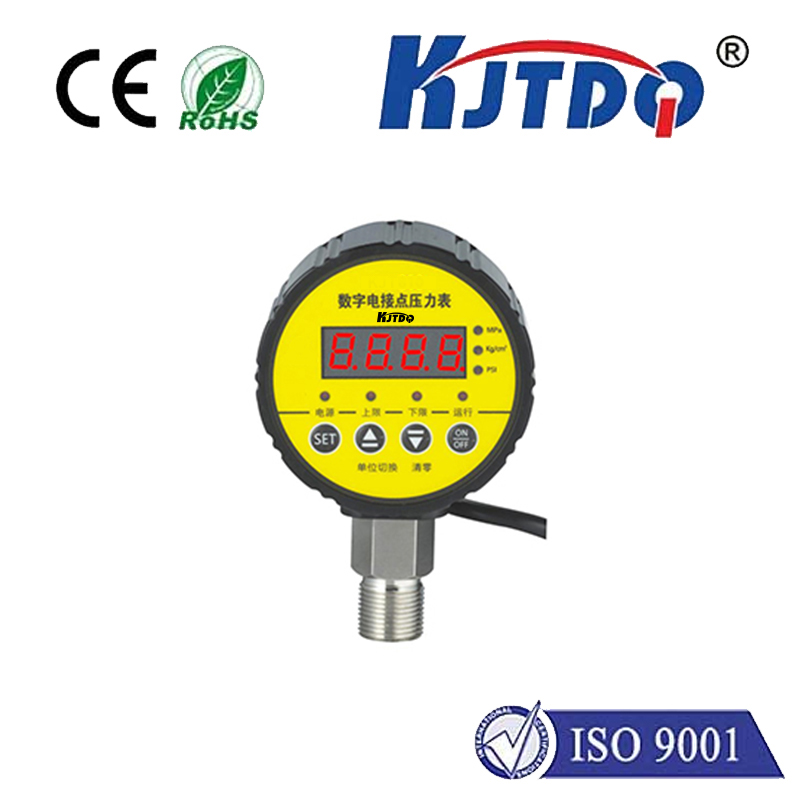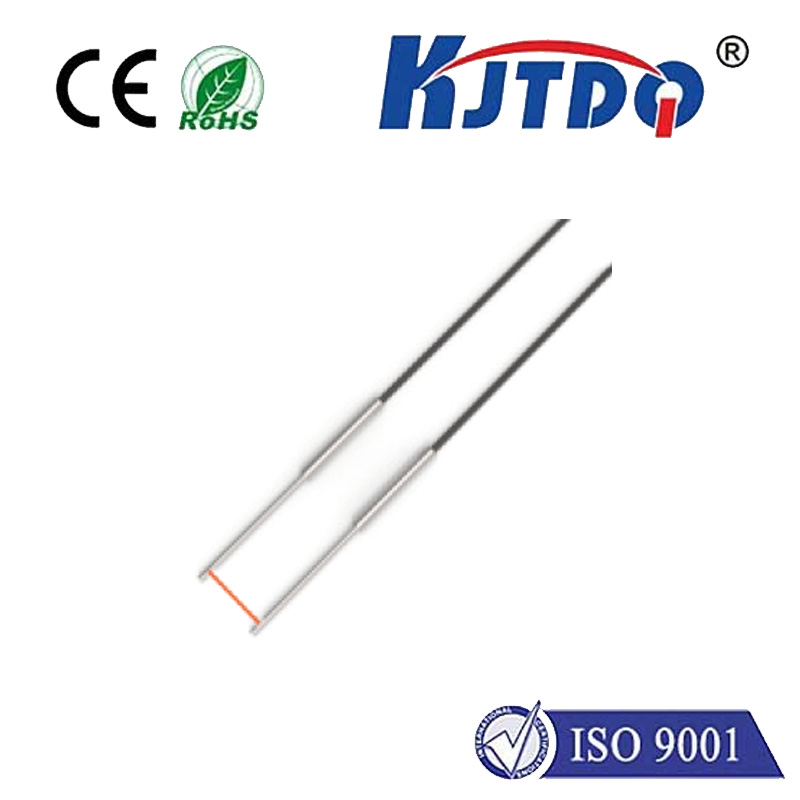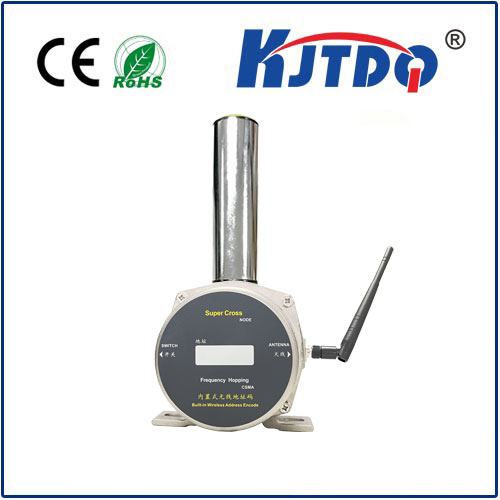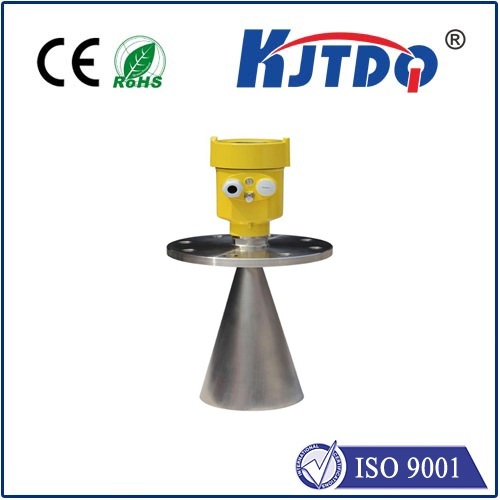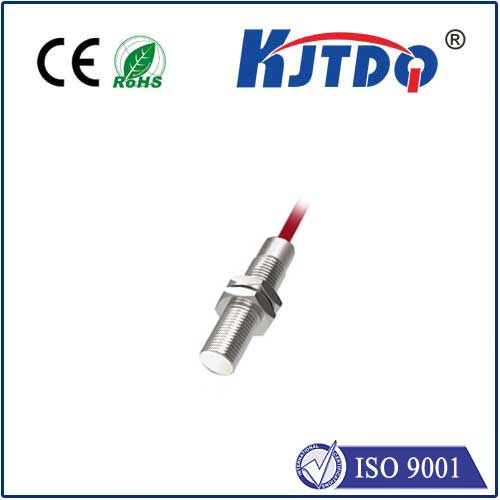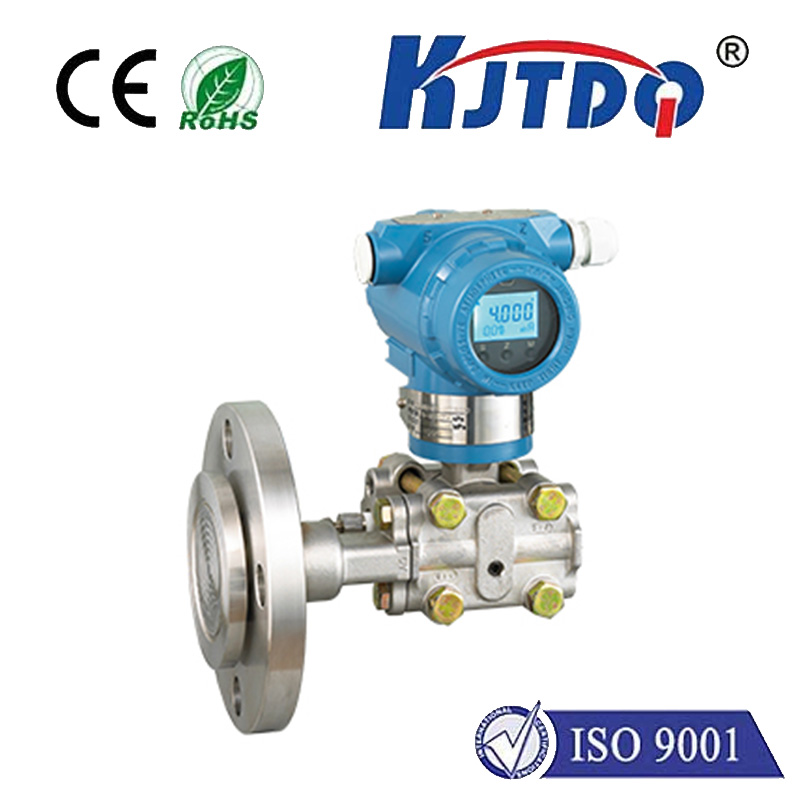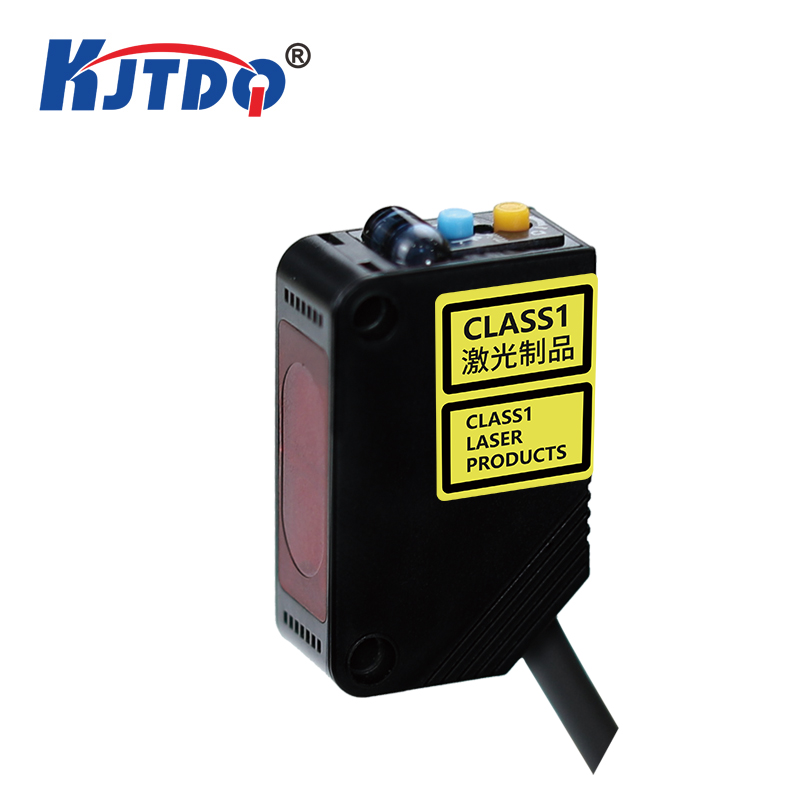Лазерный измерительный датчик
- time:2025-08-27 08:53:35
- Нажмите:0
Laser Measurement Sensors: Precision at the Speed of Light
Imagine needing to measure a critical component down to a fraction of a human hair’s width, thousands of times per second, without ever touching it. This isn’t science fiction; it’s the everyday reality powered by laser measurement sensors. These sophisticated devices have become indispensable tools across countless industries, transforming quality control, automation, and research by delivering unparalleled speed, accuracy, and non-contact capabilities. Understanding how they work and where they excel is crucial for anyone navigating the modern landscape of precision engineering.
At their core, laser measurement sensors operate by projecting a highly focused beam of coherent light onto a target surface. They then precisely analyze the interaction of this light – how it reflects, scatters, or the time it takes to return – to determine critical parameters like distance, position, height, thickness, or even surface profile. This fundamental principle enables non-contact measurement, eliminating concerns about surface damage, tool wear, or distortion caused by physical probes.

The specific method employed determines the sensor type and its optimal application:
- Laser Triangulation: This is arguably the most common principle for high-precision proximity and displacement sensing. The sensor projects a laser spot onto the target. A lens positioned at a known angle (forming a triangle with the laser emitter and the target spot) focuses the reflected light onto a position-sensitive detector (PSD or CMOS line sensor). Changes in the target’s distance shift the position of the reflected spot on the detector. By calculating this shift, the sensor determines the distance to the target with exceptional accuracy, often into the micrometer (µm) range. Essential for quality control on assembly lines, measuring small displacements, or monitoring vibration.
- Time-of-Flight (ToF): These sensors calculate distance by precisely measuring the time it takes for a short laser pulse to travel to the target and back to the sensor. Knowing the constant speed of light allows for direct distance calculation. ToF sensors excel at measuring longer distances (from a few meters to hundreds of meters) with good accuracy and high speed. They are frequently used in logistics (pallet dimensioning), robotics (obstacle detection), construction (volume scanning), and large-scale positioning systems.
- Laser Interferometry: Representing the pinnacle of precision measurement, interferometers utilize the wave nature of light. They split a laser beam into two paths: one reflecting off a reference mirror and the other off the target. When these two beams recombine, they create an interference pattern. Minute movements of the target cause measurable shifts in this pattern, providing displacement measurements with nanometer or even sub-nanometer accuracy. This technology is vital in semiconductor manufacturing, ultra-precision machine tool calibration, and scientific research. Laser Doppler Vibrometry (LDV), a specialized interferometric technique, measures surface vibration velocity and displacement by detecting the frequency shift (Doppler effect) of light scattered from a vibrating surface.
- Laser Radar (LiDAR - Light Detection and Ranging): Often associated with autonomous vehicles, LiDAR systems rapidly scan a pulsed or continuous-wave laser beam across an environment. By precisely measuring the ToF for each beam direction and using sophisticated scanning mechanisms (like rotating mirrors), they construct highly detailed 3D point cloud maps of the surroundings. This enables object detection, mapping, and navigation in complex environments, finding applications well beyond vehicles into surveying, forestry, archaeology, and infrastructure inspection.
The advantages driving the widespread adoption of laser measurement sensors are compelling:
- Non-Contact Operation: Crucial for measuring delicate, soft, hot, moving, or inaccessible surfaces without causing damage or distortion.
- High Speed: Capable of taking thousands of measurements per second, enabling real-time process monitoring and high-throughput inline inspection.
- Exceptional Accuracy and Resolution: Delivers precision from the millimeter down to the nanometer scale, depending on the technology, far exceeding most contact methods.
- Reduced Maintenance: No moving parts involved in the measurement process itself (in triangulation, ToF, LiDAR) mean lower wear and tear compared to mechanical probes or touch probes.
- Многогранность: Applicable to diverse materials (metals, plastics, glass, liquids, biological tissues) and harsh environments (with appropriate enclosures). Measures parameters beyond simple distance, including vibration, thickness, profile, and presence/absence.
From ensuring the perfect gap on a smartphone display to verifying the precise alignment of aircraft components, laser measurement sensors are the silent guardians of precision. They enable 100% inline inspection in manufacturing, ensure the structural integrity of bridges through vibration monitoring, guide surgical robots, and map the depths of the ocean. Their ability to provide reliable, high-speed, non-contact data is fundamental to modern automation, quality assurance, and innovation.
Choosing the right laser measurement sensor requires careful consideration of several key factors:
- Required Measuring Range: From microns to kilometers?
- Necessary Accuracy and Resolution: What level of detail is critical?
- Target Surface Properties: Color, reflectivity, texture (e.g., diffuse vs. specular) significantly impact sensor performance.
- Environmental Conditions: Temperature variations, dust, moisture, vibration?
- Measurement Speed: How fast does the data need to be acquired?
- Output Requirements: Analog voltage/current, digital interface (Ethernet, RS-232, EtherCAT), discrete I/O?
- Integration Needs: Size, mounting constraints, communication protocols?
The ongoing evolution of Лазерный измерительный датчик technology focuses on pushing the boundaries of speed, accuracy, compactness, and cost-effectiveness. Integration with advanced software, AI, and machine learning is unlocking even smarter data analysis for predictive maintenance and adaptive process control. As lasers become more robust, smaller, and affordable, their penetration into new applications and markets continues to accelerate, solidifying their role as a cornerstone technology for the future of precise measurement.

